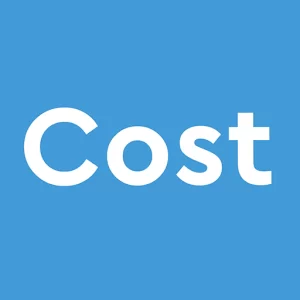Navigating the world of construction invoicing can feel daunting, especially when comparing it to simpler billing systems in other industries. This guide will break down the essentials of construction invoicing, providing practical tips and best practices to help contractors keep finances organised and projects running smoothly.
Understanding Construction Invoices
A construction invoice is a comprehensive billing document that contractors and suppliers issue to clients or project stakeholders, outlining the work completed and the amounts due. The complexity of these invoices can vary widely, depending on the project size and the specific terms outlined in the contract.
Invoicing for Small vs. Large Projects
For smaller or residential projects, invoicing might be as simple as a document listing the company’s name, work description, and payment terms. In contrast, larger commercial projects often involve a more detailed process. This can include payment applications supported by documents detailing specific phases of work, costs, and completion progress.
Progress Billing: The Cash Flow Lifeline
Progress billing is a common practice in large construction projects. It involves contractors receiving payments based on a project’s completion percentage. This invoicing style benefits both contractors and clients, as it aligns payments with project milestones, supporting cash flow management throughout the project.
How Contract Structures Shape Invoicing
The type of contract in place can directly affect the invoicing approach and payment structure:
- Lump Sum Contracts: Agreed upon total price for the project.
- Time and Materials (T&M) Contracts: Payment based on actual labour and material costs.
- Cost Plus Contracts: Payments for actual project costs plus a fixed fee or percentage.
Each contract type requires specific details on invoices to meet contractual expectations and support transparency.
What is Retainage?
Retainage is a portion of payment that clients withhold, typically 5-10%, until the project is complete to ensure contractor performance. For subcontractors and contractors alike, understanding retainage terms is crucial, particularly on long-term projects where cash flow is already tight.
Key Elements of a Construction Invoice
A well-prepared construction invoice or payment application typically includes several critical components:
Change Orders
Approved change orders document additional or modified work agreed upon during the project. Including these in your invoice ensures all extra work is accounted for in each billing cycle.
Daily Reports and Photo Documentation
Accurate daily reports and photographic evidence are vital for validating completed work. They support the invoicing process by providing proof of progress, helping to secure timely payments.
Vendor Invoices and Lien Waivers
Managing vendor invoices is essential for staying on top of subcontractor and supplier payments. Lien waivers also play a key role—they confirm that payments are final and help avoid future disputes over the same invoices.
Best Practices for Effective Construction Invoicing
Streamlining the invoicing process is fundamental to avoiding payment delays and maintaining positive client relationships. Here are some key best practices:
Set Expectations Early
Clear communication with clients about invoicing expectations and payment terms from the project’s outset can avoid potential misunderstandings and disputes.
Stay Organised
Keeping detailed records of work progress, materials used, and hours logged ensures your invoices are accurate and well-supported.
Leverage Technology for Efficiency
Construction management software and invoicing tools can simplify the process by integrating project and financial data. These tools reduce manual entry, prevent errors, and provide a clear view of outstanding payments, making it easier to track expenses and manage cash flow.
Conclusion
Effective invoicing is essential for maintaining cash flow and fostering solid relationships across construction projects. By mastering invoicing procedures and implementing best practices, contractors can reduce payment issues, manage finances better, and ensure projects proceed smoothly from start to finish.
Frequently Asked Questions
-
What is a construction invoice?
A construction invoice outlines the costs incurred by contractors and suppliers over a specific period on a project. -
How does progress billing benefit contractors?
Progress billing ties payments to project milestones, improving cash flow and minimising financial risk for contractors. -
What are some common contract structures in construction?
Common contract types include lump sum, time and materials (T&M), and cost plus contracts. -
What is retainage in construction invoicing?
Retainage is a percentage of payment withheld until the project’s completion to ensure contractor performance. -
How important are daily reports in construction invoices?
Daily reports track daily activities, verify work progress, and support payment applications. -
Why are lien waivers used in construction?
Lien waivers serve as proof that payment has been made and prevent future claims on the same invoice. -
How can technology improve the invoicing process?
Technology streamlines invoicing by automating project and financial data, reducing errors, and saving time.











